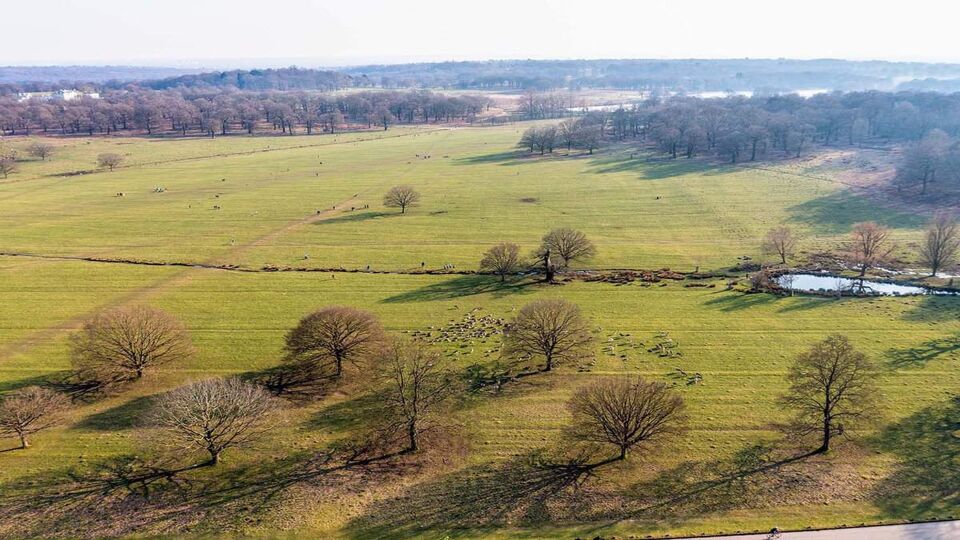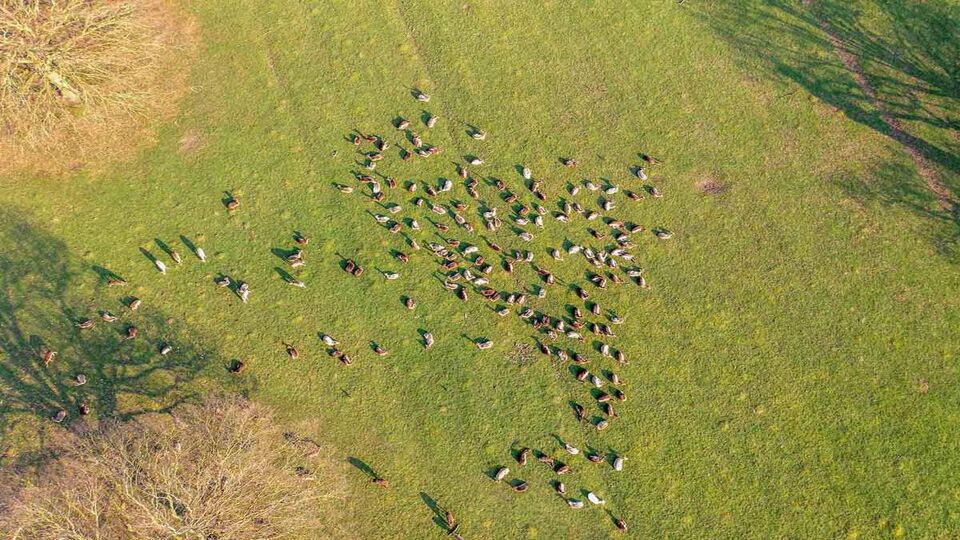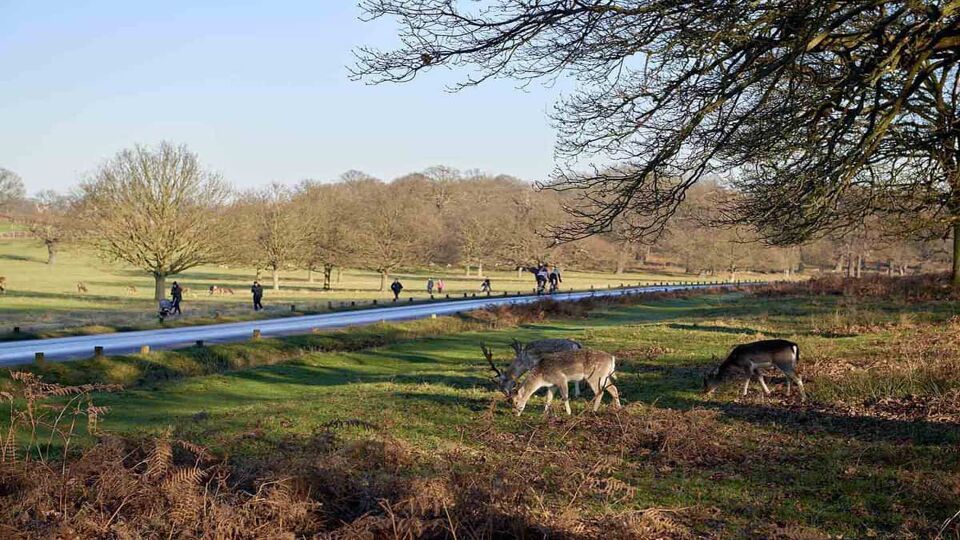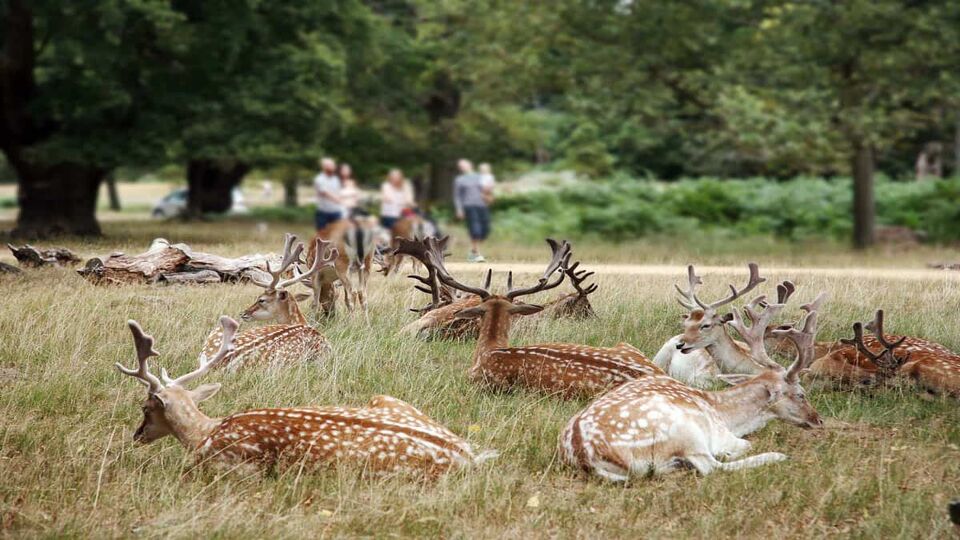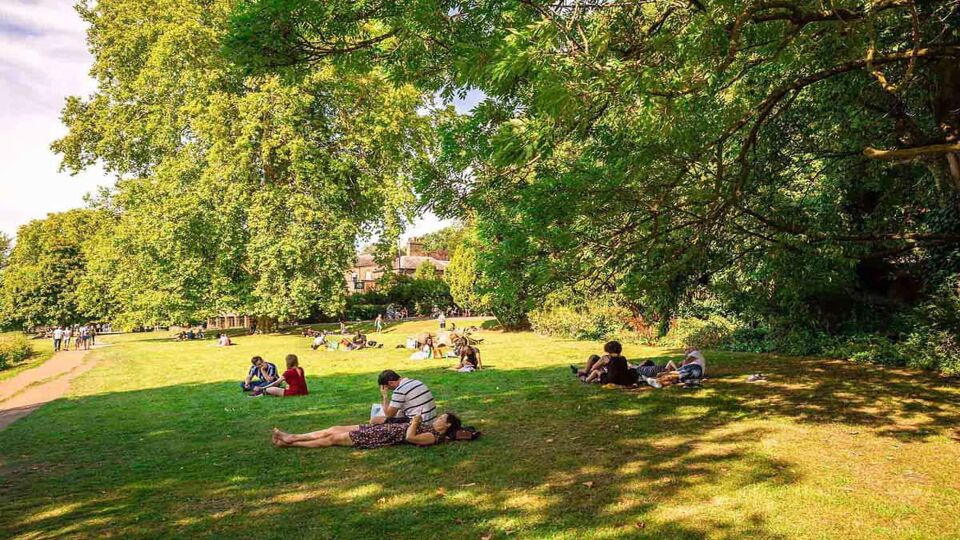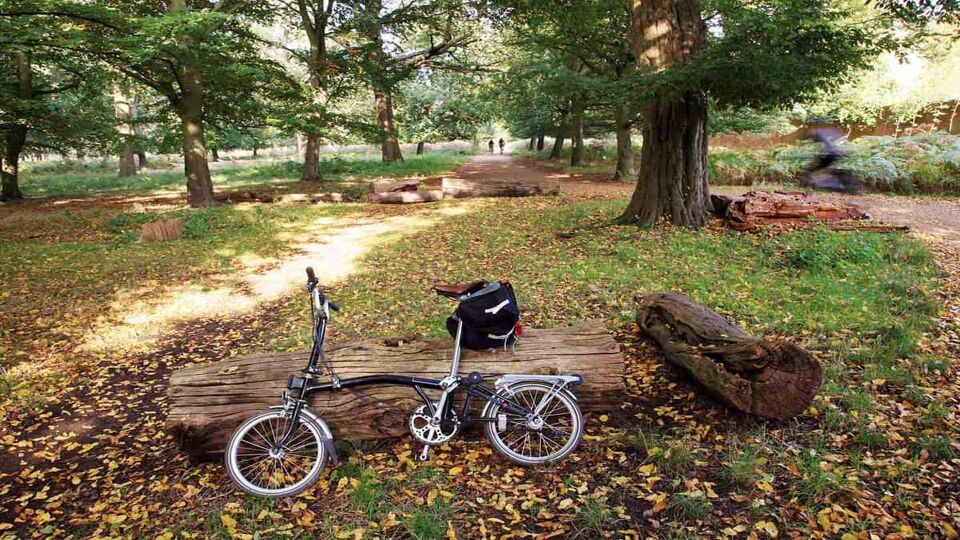
Travel bucket list idea:
Richmond Park
London, United Kingdom (UK)
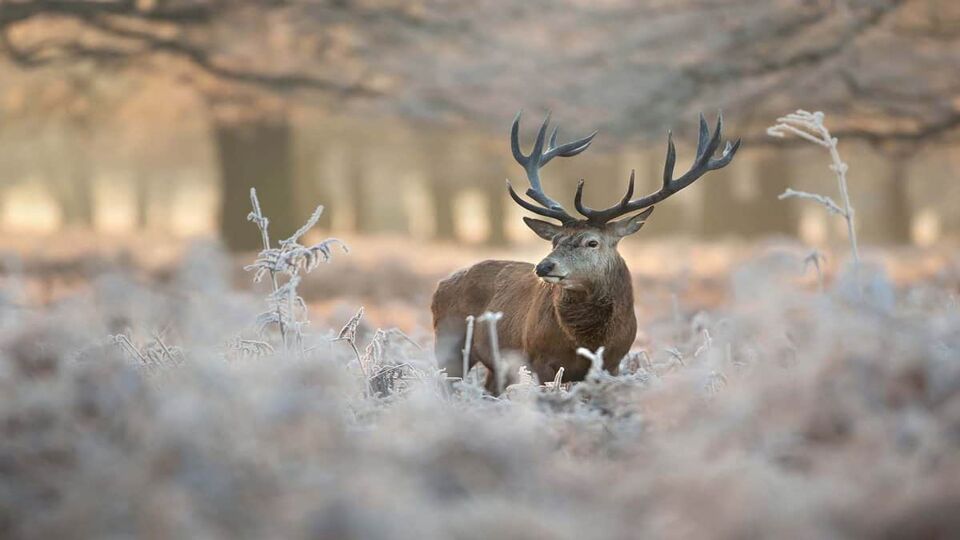
At a whopping 2,500 acres, taking in woodland, grassland, planted gardens and ponds, Richmond is the largest of London’s royal parks. It’s changed little since its inception as a deer park by Charles I in the 1600s (although the land’s royal connection dates back to the 1200s). A sense of that royal history remains.
Deer, red and fallow, still graze and shape the park, their outline as distinctive as its ancient oaks. There’s a myriad of nature trails and cycleways, making it a fine place to walk, cycle and even horse ride. There are views of the city’s St Paul’s Cathedral-crowned skyline from King Henry’s Mound.
Other highlights in the park include botanical gardens at the Isabella Plantation, a blooming technicolor treat in spring and autumn, and afternoon tea at Pembroke Lodge Georgian mansion.
Logistics
Getting there & doing it
The closest train and underground station is Richmond (district line).Then walk or catch the 371 or 65 bus to the pedestrian gate at Petersham).
The park’s 7.2-mile perimeter is punctuated by five road access gates, and several others for pedestrians and cyclists.
There are six free car parks within Richmond Park. Bike hire is available at the car park at Roehampton Gate. Several local stables offer riding opportunities.
Friends of Richmond Park run regular free walks within the park, usually lasting about 2 hours and starting and finishing at one of the park gates. The walks are free of charge. Some are for members only, others are open to everyone. They also have a handy downloadable map of the Park on their website, showing various walking routes and transport hubs.
Check the website or pop into the visitor centre at Pembroke Lodge or the Park Office at Holly Lodge to find out about seasonal nature tours, special events (from organised bike rides to art exhibitions), and routes that explore the park’s highlights and history.
When to do it
Richmond Park open to pedestrians 24 hours a day most of the year (excepting the deer cull in November and February), but only open to vehicles at certain hours.
It’s lovely year-round, but especially atmospheric in autumn, thanks to the carpet of fallen leaves, crunchy bracken and flashes of antler in the golden afternoon light.

